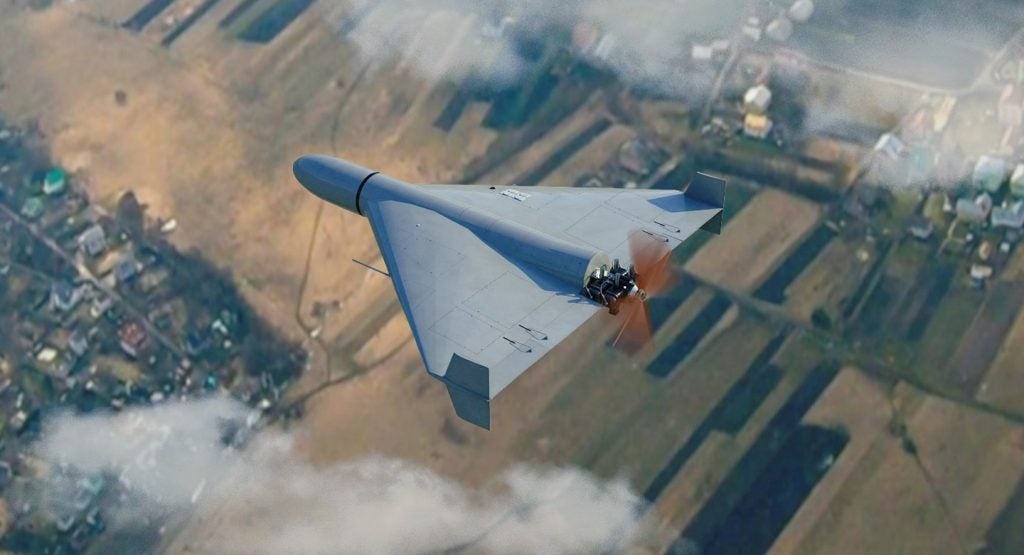India has test-fired two quick reaction surface-to-air short-range missiles (QR-SAM) from launch complex 3 of the integrated test range (ITR) at Chandipur in Balasore district, off the Odisha coast.
The missiles were fired from a canister mounted on a rotatable truck-based launch unit, according to media sources.
During test firing, the missiles were tracked and monitored throughout their entire flights by radars, electro-optical systems, telemetry and other stations.
Test flights were carried out to evaluate the missiles for different altitude and conditions. They were carried out amidst air strikes launched by the Indian Air Force on terrorist camps in Balakot, Pakistan.
Missiles demonstrated the ‘robust control, aerodynamics, propulsion, structural performance and high manoeuvring capabilities’. They met all the mission objectives.
The missile system has been jointly developed by Defence Research and Development Organisation (DRDO) and Bharat Electronics (BEL).
How well do you really know your competitors?
Access the most comprehensive Company Profiles on the market, powered by GlobalData. Save hours of research. Gain competitive edge.

Thank you!
Your download email will arrive shortly
Not ready to buy yet? Download a free sample
We are confident about the unique quality of our Company Profiles. However, we want you to make the most beneficial decision for your business, so we offer a free sample that you can download by submitting the below form
By GlobalDataCongratulating DRDO on the successful test flights, Indian Defence Minister Nirmala Sitharaman said in a statement: “The indigenously developed state-of-the-art QRSAM will significantly boost the defence capabilities of our armed forces.”
The all-weather network-centric QR-SAM missile system can engage multiple threats such as aerial targets, tanks and bunkers within a strike range of 20km to 30km.
It is equipped with a 360° rotatable, electronic-mechanically operated, turret-based launch unit.
The test firing is said to be the third developmental trial. The first was carried out in June 2017 and the second in July 2017 from the same base.







